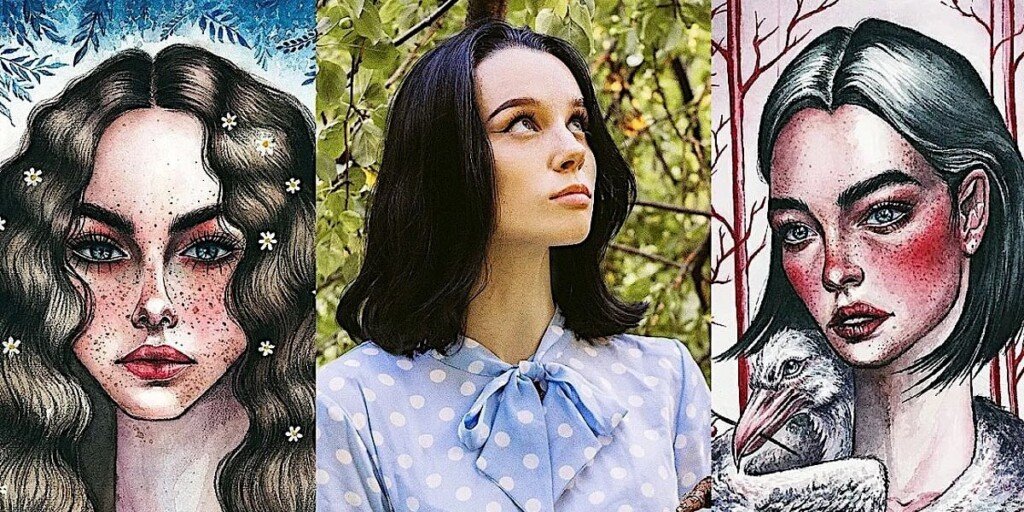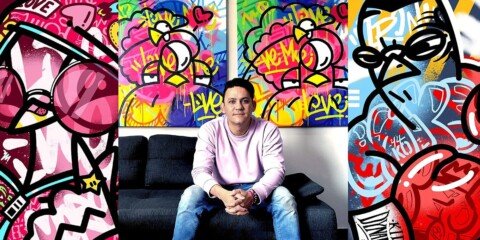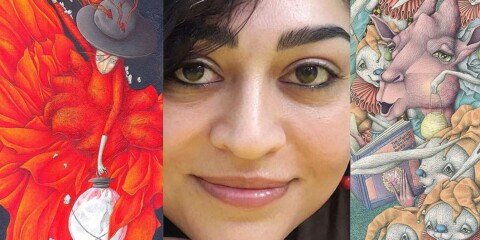Tairafina (@Tairafina) invites us into a world where emotion, mythology, and watercolor merge into deeply personal visual tales. Working with traditional materials like paper, brushes, and pigment, she brings to life dreamlike portraits that feel both intimate and otherworldly. Her art is not merely about aesthetic beauty — it’s a mirror for the viewer, a quiet
invitation to reflect, feel, and rediscover forgotten parts of the self. In this introspective interview, Tairafina opens up about her creative path, the role of intuition in her process, and why she believes true art begins with honesty and soul.
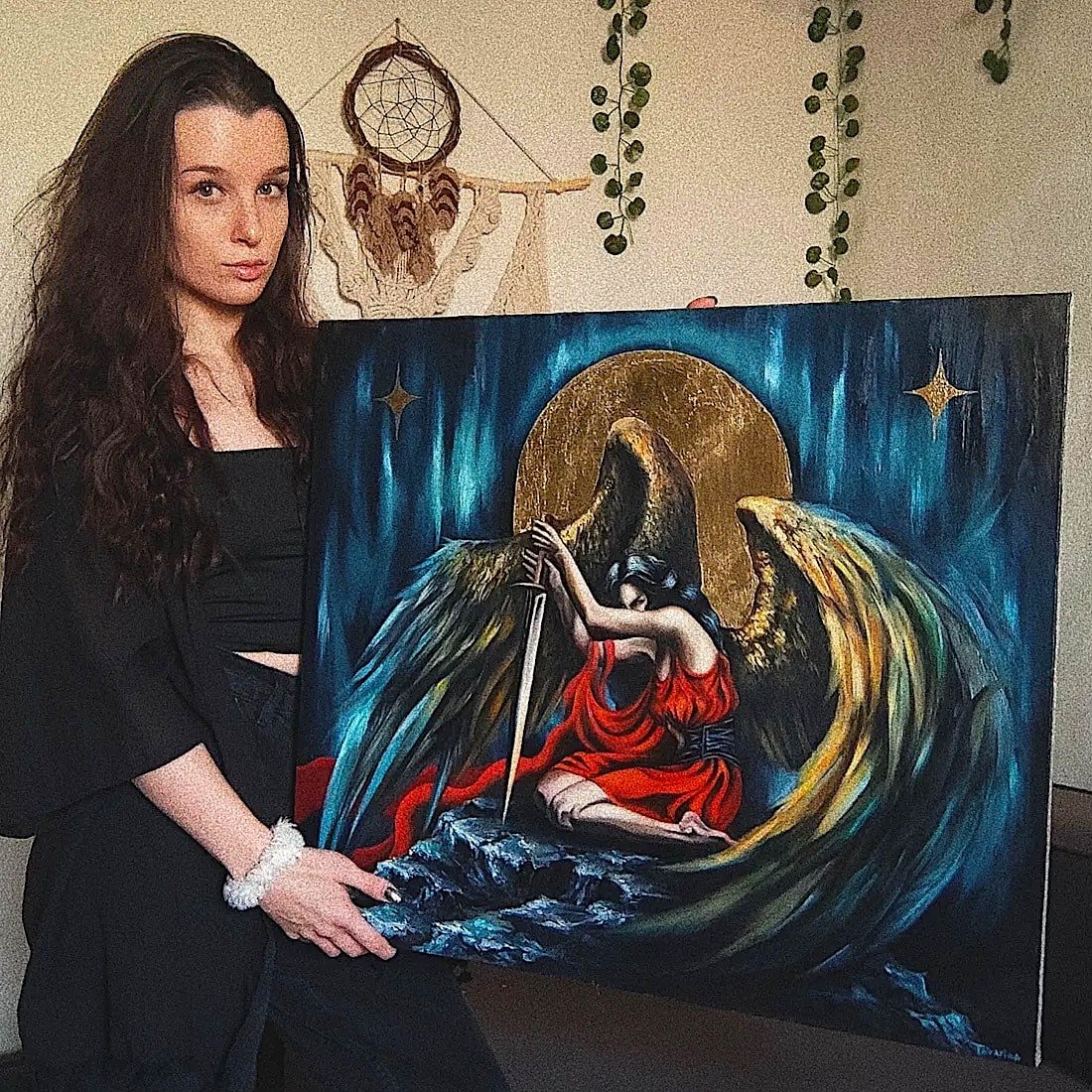
🟥 Can you share a bit about your background and the journey that led you to becoming an artist?
My path in art began in childhood, I always liked to create something of my own, experiment with shapes and colors. For some time I studied at an art school, but quickly realized that the strict academic framework did not suit me. So I decided to go my own way, developing independently and being inspired by what really touches me. Later I received a law degree, but at some point I realized that art is not just a hobby, but something I want to connect my life with. Then I decided to devote myself entirely to creativity.
🟥 Was there a defining moment or experience that solidified your decision to pursue art seriously?
I have been drawing all my life, and for me it has always been something very personal, native, a way to express myself and my experiences. For a long time I treated it as something purely internal, but at some point I realized that I wanted my art to go beyond my world. I wanted it to inspire other people, make them feel and experience something of their own
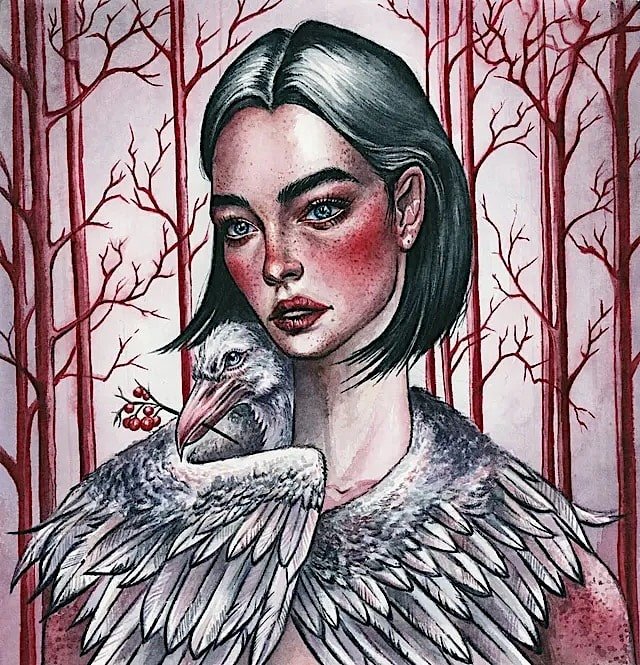
🟥 Do you remember the first piece of art you created, and what inspired you to make it?
I don’t remember my very first drawing, but since childhood I loved to invent characters, create comics, copy the illustrations I liked. Portraits were often requested, even when they were far from ideal, because I was just learning. My first NFT work was a watercolor painting “Quintessence”, in which I partially depicted myself, replacing my freckles with ladybugs.
🟥 What inspires you the most when creating your art?
I am inspired by both my own experiences and the experiences of other people, as well as thoughts that come to me at the moment. But, to be honest, inspiration often comes unexpectedly, it can be found in the simplest and most everyday things.
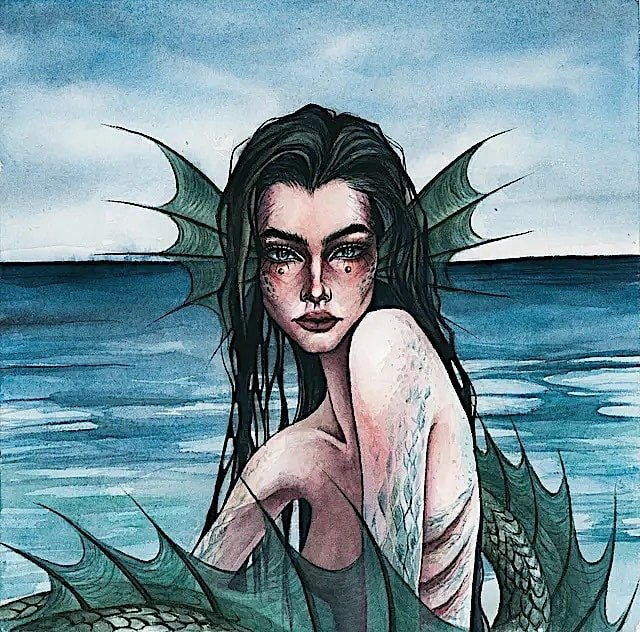
🟥 Are there specific activities, rituals, or moments that fuel your creativity?
Movies, music, books, communication with other people.
🟥 How would you personally define art, and what deeper meaning does it hold for you?
For me, art is a way to speak without words. It is the language of feelings, images, states. In it, you can be honest, alive, share your vision and find a response in the hearts of others. Art is a way to be, feel and leave a mark.
🟥 What part of the creative journey excites you the most — conceiving an idea, the act of creating, or finishing the piece?
The initial idea can transform, and the end result is often unexpected. But the most valuable thing is the live moment of creativity itself, when you are completely immersed in the process and allow art to unfold naturally.
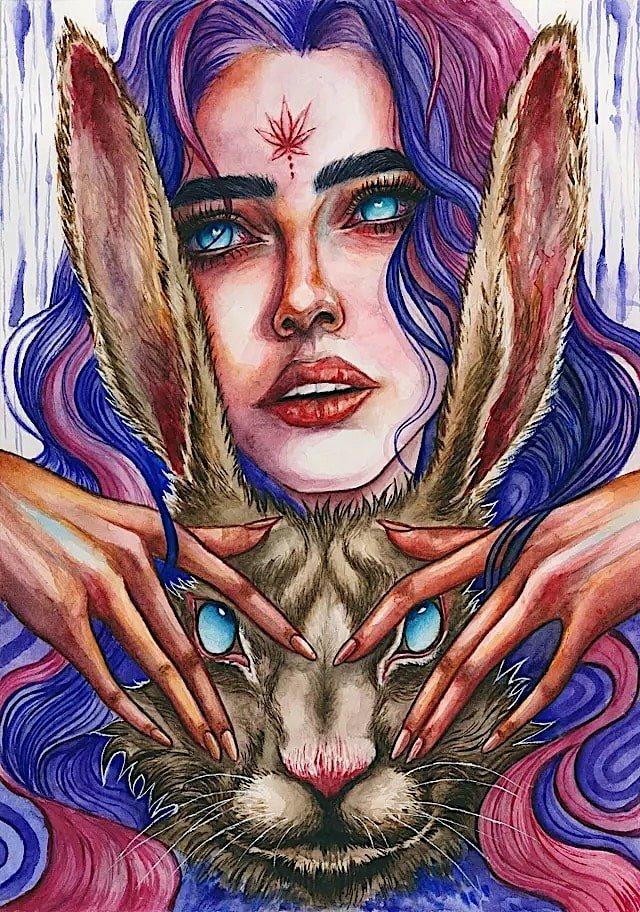
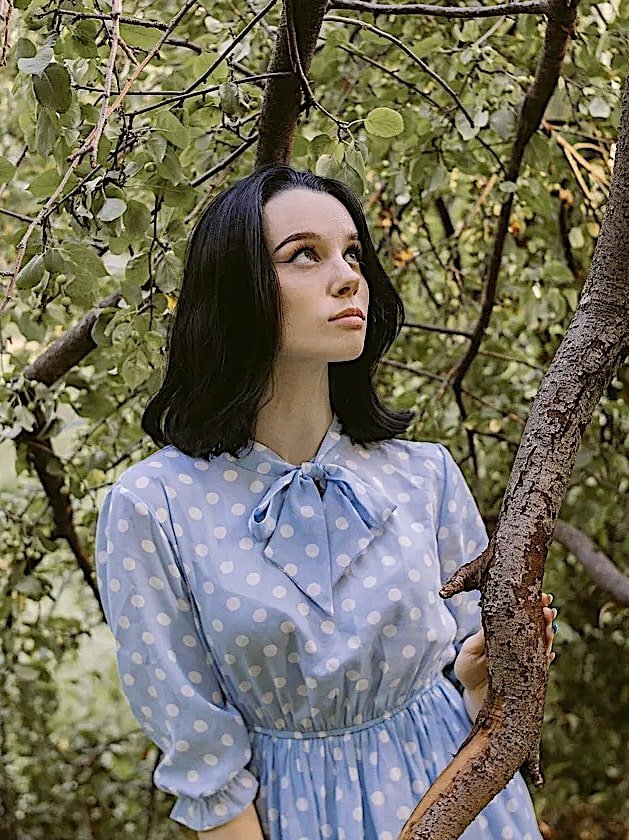
🟥 Do you follow a structured plan when creating art, or is your process more spontaneous?
My process is rather spontaneous. Art itself guides me during the work, and often the result is not at all what I imagined at the beginning.
🟥 What time of day do you feel the most creative, and why do you prefer that time for your work?
Previously, I could only concentrate at night, when no one distracts me, but now I make art at any time.
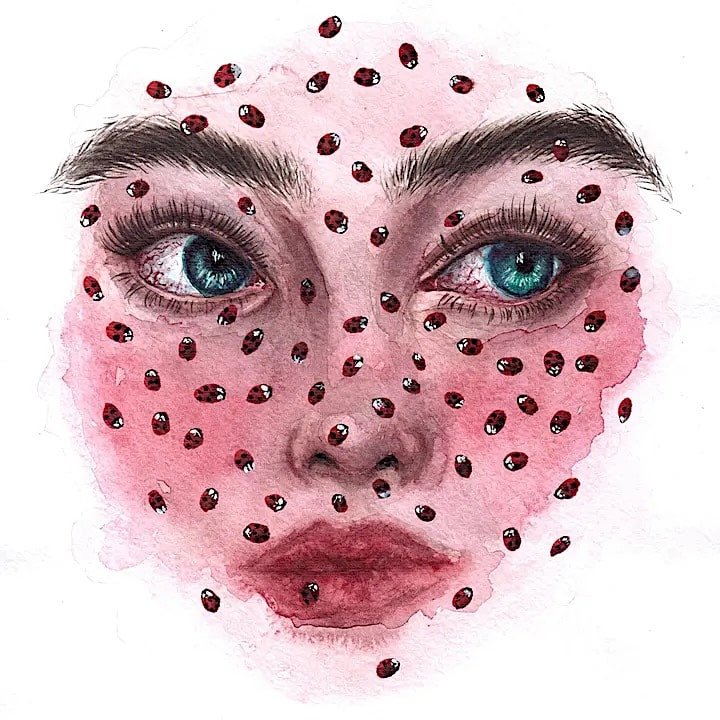
🟥 Do you listen to music while creating, and how does it influence your process?
Not a single painting of mine is created without music, music guides me throughout the entire process.
🟥 Do you have any specific rituals or routines you follow before starting a new project?
I do not have strict rituals. Sometimes I make small sketches or write down thoughts before starting, but most often I just immerse myself in the process and let art unfold itself.
🟥 What is the most challenging aspect of creating art, and how do you navigate those?
Probably the most difficult thing is not to lose the thread of ideas in the process, as you feel it, to reflect your idea and if something does not work out, to be able to discern a new breath even in what seems to be a “mistake”.
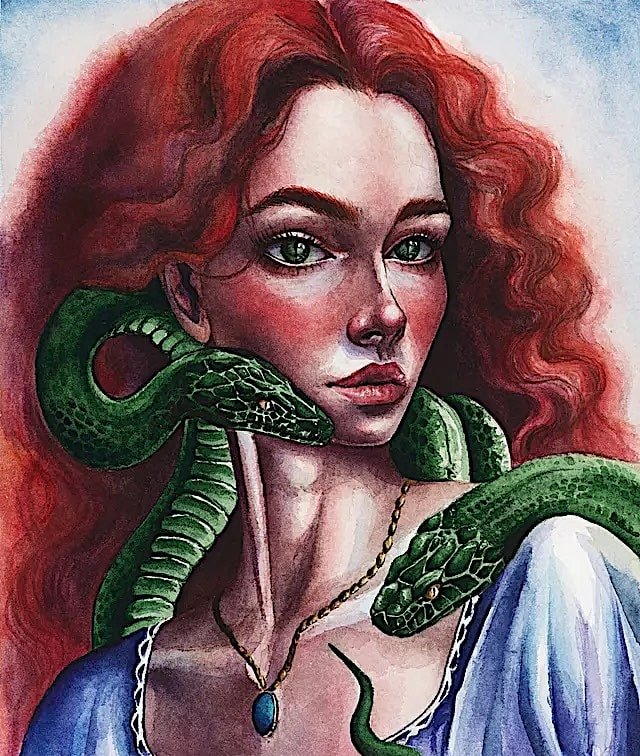
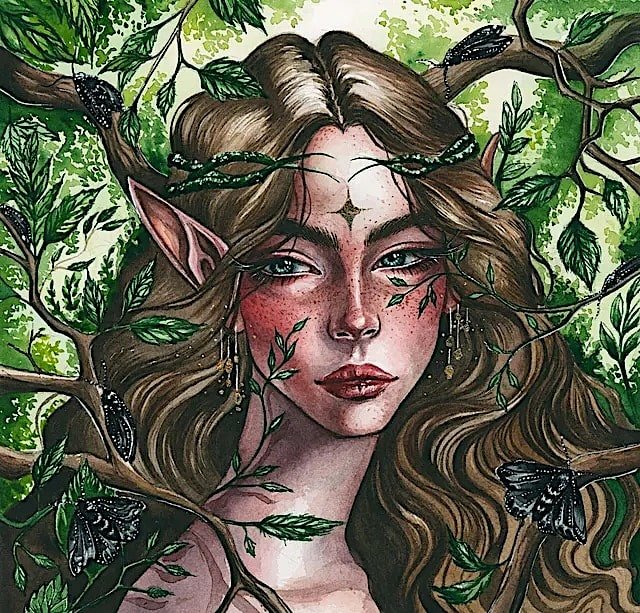
🟥 What keeps you motivated during times when creativity feels like a struggle?
Sometimes it helps to just take a break, get distracted, switch to something else. Sometimes, on the contrary, to continue working, even if it seems that nothing is working out.
🟥 Can you share an experience or lesson that contributed the most to your growth as an artist?
The most turning point for me was getting an education in a completely different field. This gave me the opportunity to look at everything from the outside and finally understand that art is what I really want to connect my life with.
🟥 Is there a piece of advice you received that completely changed the way you create or think about art?
Once I heard an interesting thought that helps me in difficult times: “If an artist is often not satisfied with the result of the work done, it means that he remains a true creator, continues to search and grow. And it is worth thinking about only when this feeling disappears.”
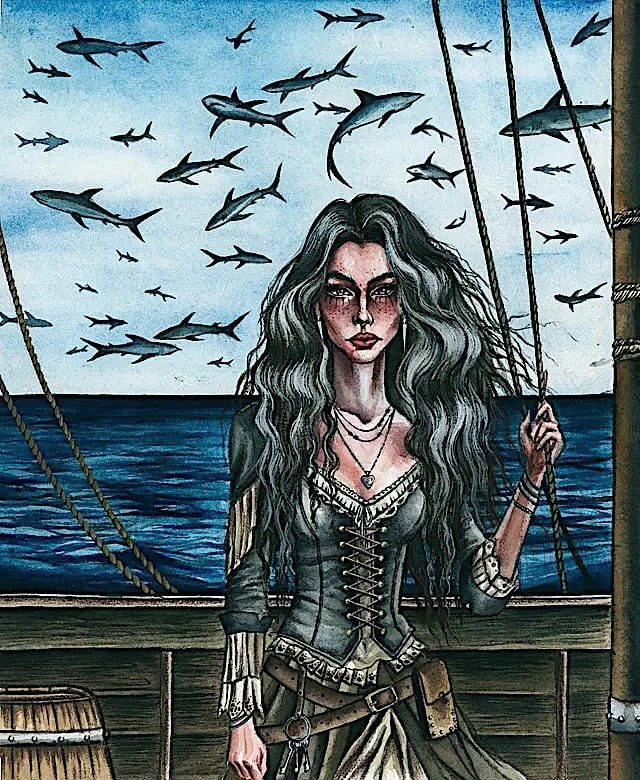
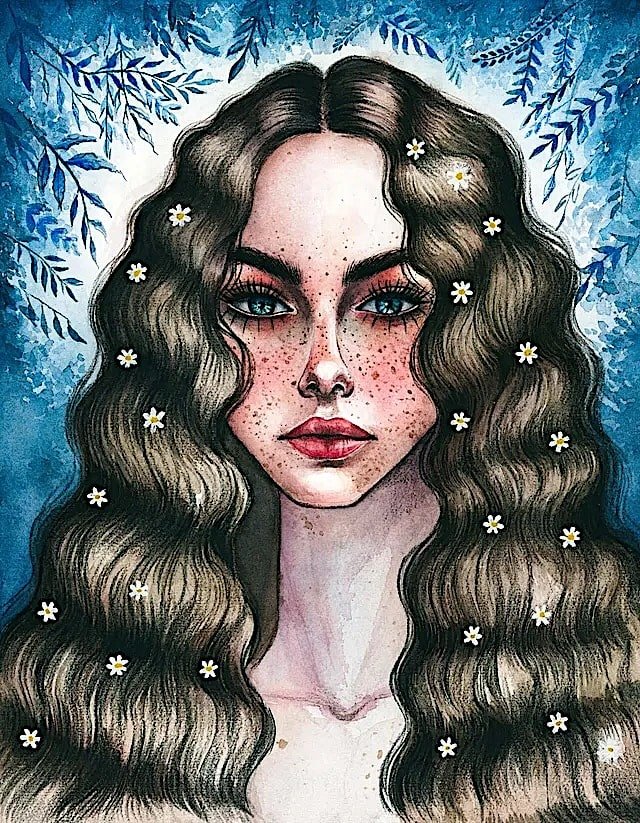
🟥 When you view a piece of art, what qualities or emotions do you look for?
First of all, the technique of execution and the idea catches your attention, and then the desire to read and delve into what the artist wanted to convey. It is important for me when art has sincerity and a sense of life inside the work.
🟥 How do you perceive art’s purpose and its impact on individuals and society?
Art allows society to grow and develop. It can inspire, light a fire in hearts, make you think and sometimes even change the perception of the world.
🟥 In your view, what do concepts like “passion” and “uniqueness” represent in art?
Passion in art is what makes you burn from the inside, when you simply cannot help but create, the energy that moves you with incredible force. Uniqueness is to be yourself in your art, but even understanding this, it takes time to truly feel and express yourself, without looking back.
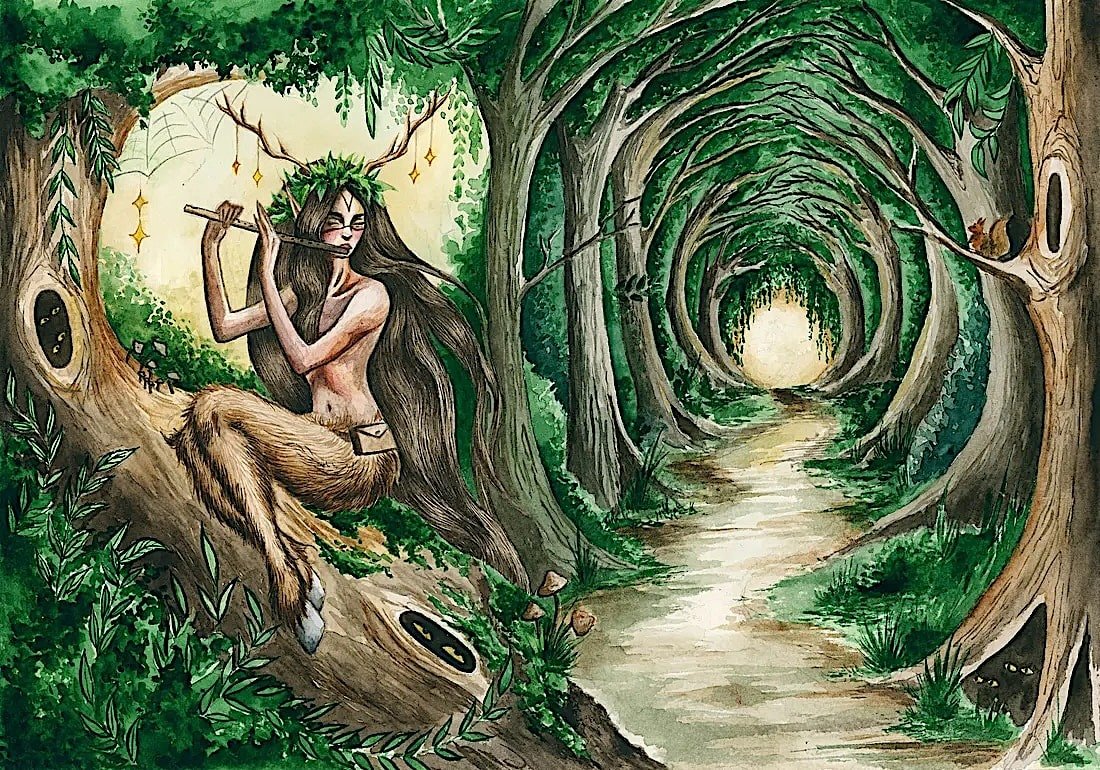
🟥 What are the non-negotiable essentials in your workspace?
Paints, paper, brushes, easel.
🟥 Do you have a favorite tool or object in your studio that holds sentimental value?
Old brushes that my grandfather passed down to me. Even if I don’t always use them, they are kept along with the others.
🟥 What’s the one thing you always need by your side while creating art?
Sketchbook.
🟥 Who are the artists or people you admire the most, and why?
The art of Mikhail Vrubel and his story to some extent also influenced my perception of art and becoming an artist. Of course, Aivazovsky, Michelangelo, Sandro Botticelli and Frida Kahlo immediately come to mind.
🟥 Imagine you could create a piece of art in collaboration with someone from history. Who would you choose and why?
It would certainly be interesting to talk to Mikhail Vrubel. I admire his vision, technique and ability to convey emotions in his works. I would like to understand how he saw and felt the world.
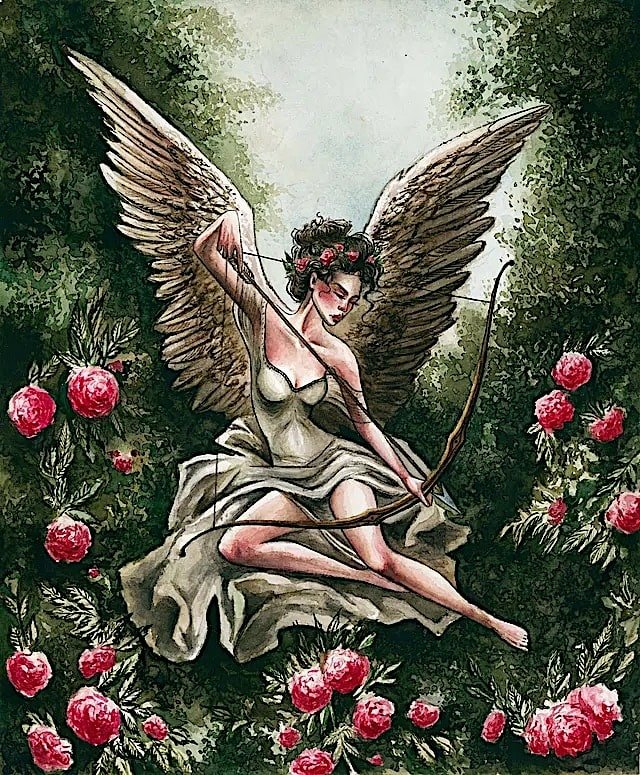
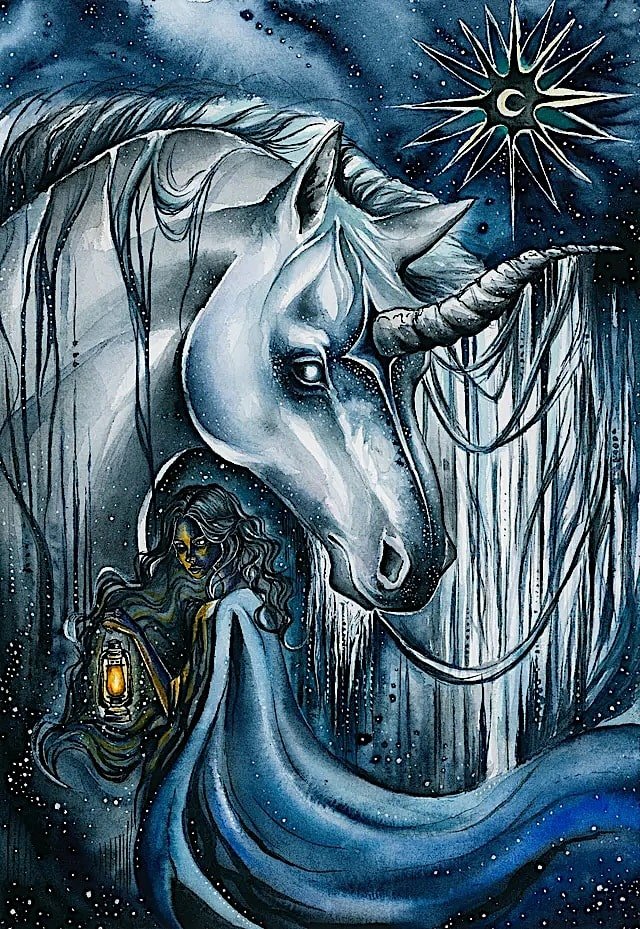
🟥 What’s your superpower?
Finding inspiration in the most unexpected things.
🟥 What does success as an artist mean to you — recognition, impact, or something else entirely?
Success is the ability to stay true to yourself and your art. Of course, recognition is a pleasant and important moment for an artist, but the main thing is that your works live, make you feel. If art resonates, it means it is already fulfilling its mission.
🟥 Can you tell us about a piece of your art that holds a special place in your heart and why it’s so meaningful to you?
I think this is the art of “Lunar Peacemaker”. This painting is special for me because during the work I experienced many multifaceted feelings that came together in one image. Something very personal and valuable to me.
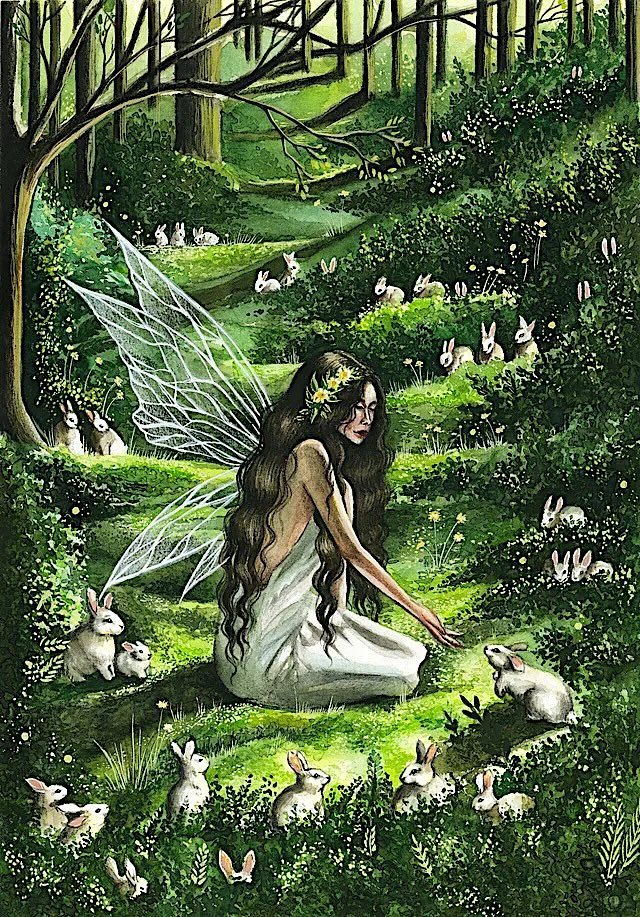
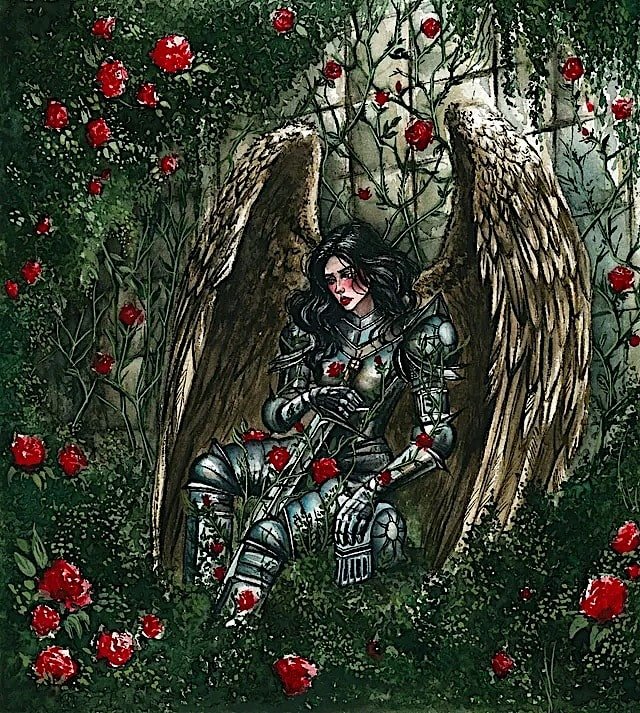
🟥 What are your dreams or goals for the future?
Continue searching for new images, develop in art, open new horizons, participate in exhibitions.
🟥 How would you define a “creative person”?
A creative person is not necessarily only an artist in the usual sense, it is not only about the ability to draw or write, it is about inner freedom and the desire to share yourself. This is a person who creates something new.
🟥 In your opinion, what are the positive and negative differences between being an artist today and being an artist a century ago?
Today, artists have more freedom in self-expression, technology, social networks, NFT, there is an opportunity to share their art and not depend on the opinion of galleries and critics. But this is also the difficulty due to the great competition and the need to constantly be in the public eye.
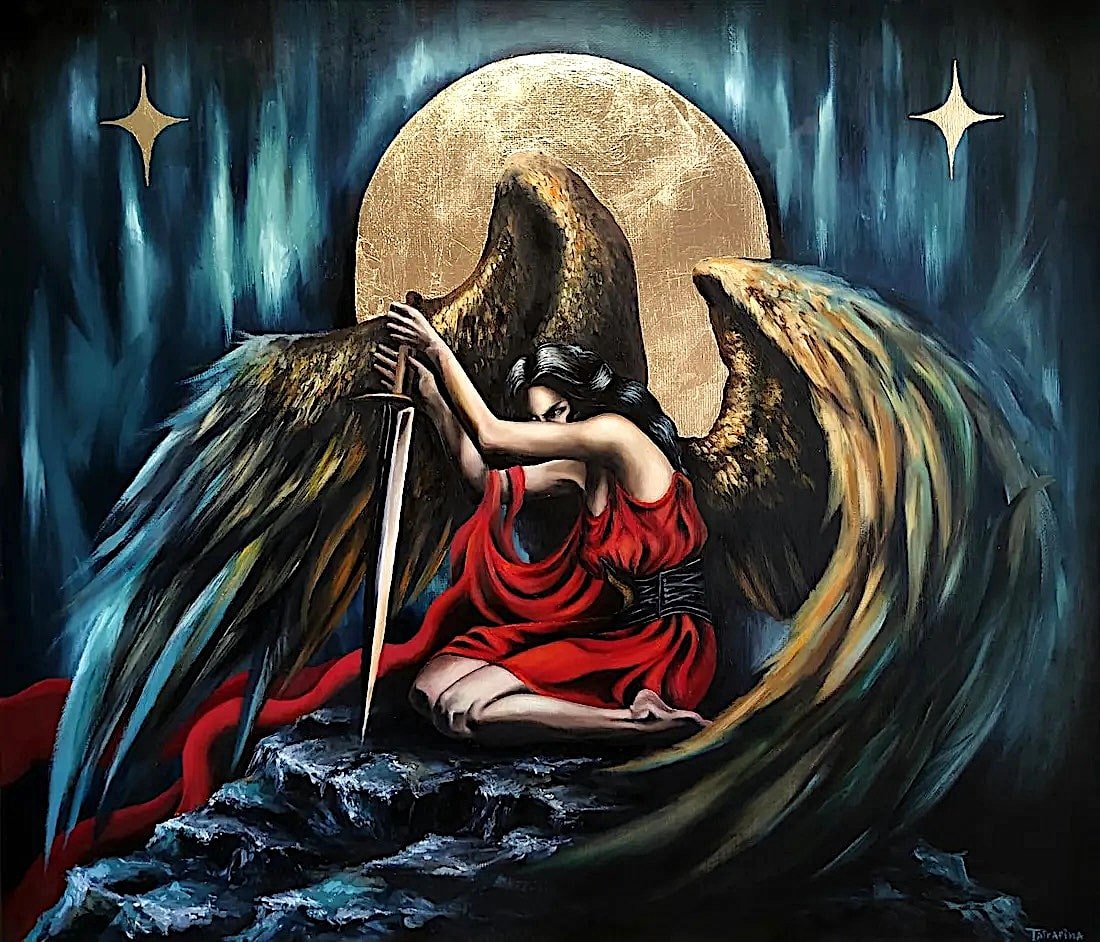
🟥 In your opinion, what are the best and most challenging aspects of being an artist?
I think the best and the most difficult thing in this business is working on yourself. It is both inspiring and, in difficult moments, an consuming feeling, which is not always easy to manage.
🟥 What advice would you give to aspiring artists who want to build a meaningful career?
Do not set yourself strict limits, experiment, listen to your inner voice and gradually find what will make your eyes glow and this will become your guide.
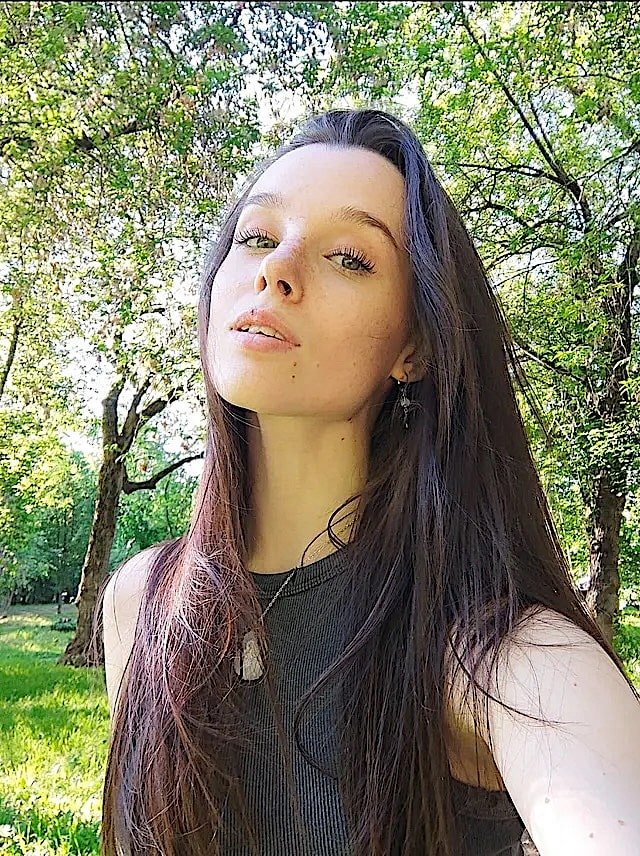
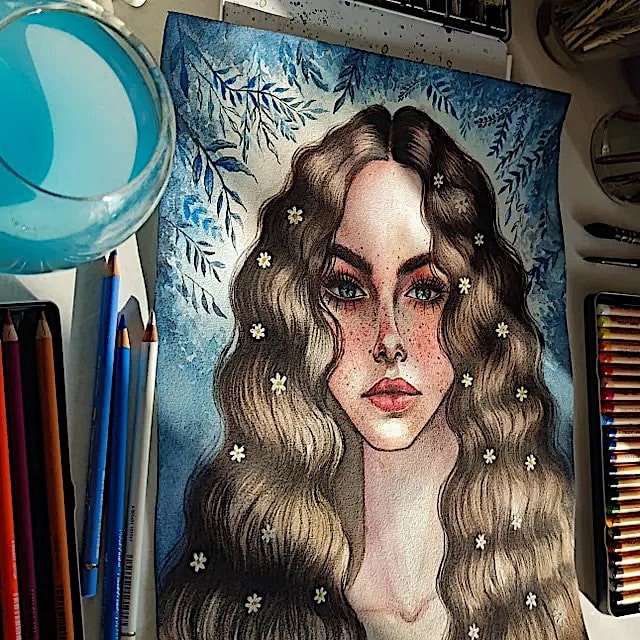
Relevant Links:
Twitter: x.com/Tairafina
Instagram: instagram.com/tairafina
Other Links: linktr.ee/tairafina
Note: The answers given by the artist have been quoted verbatim without any editing to preserve the artist’s authentic voice for our readers.


